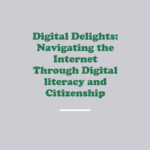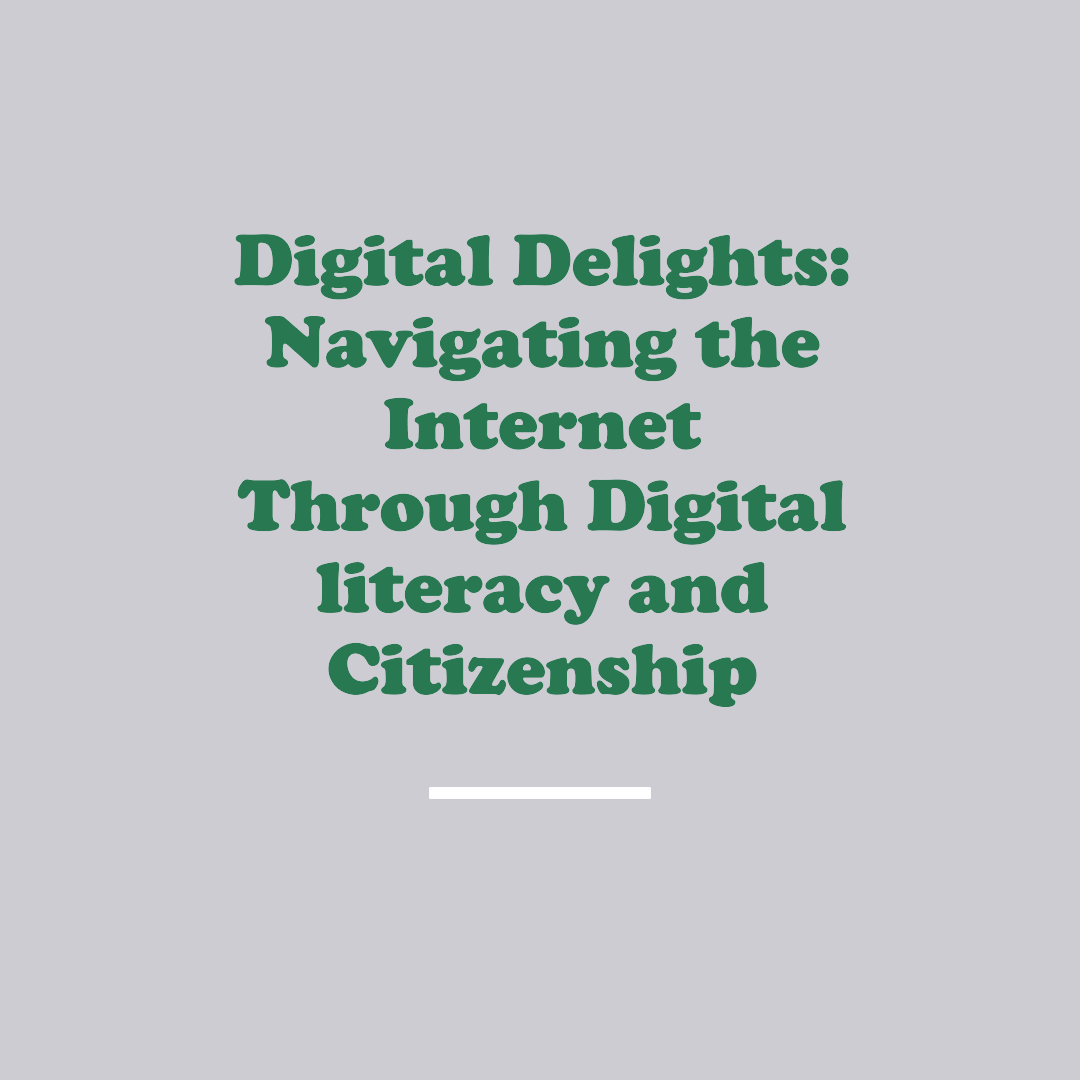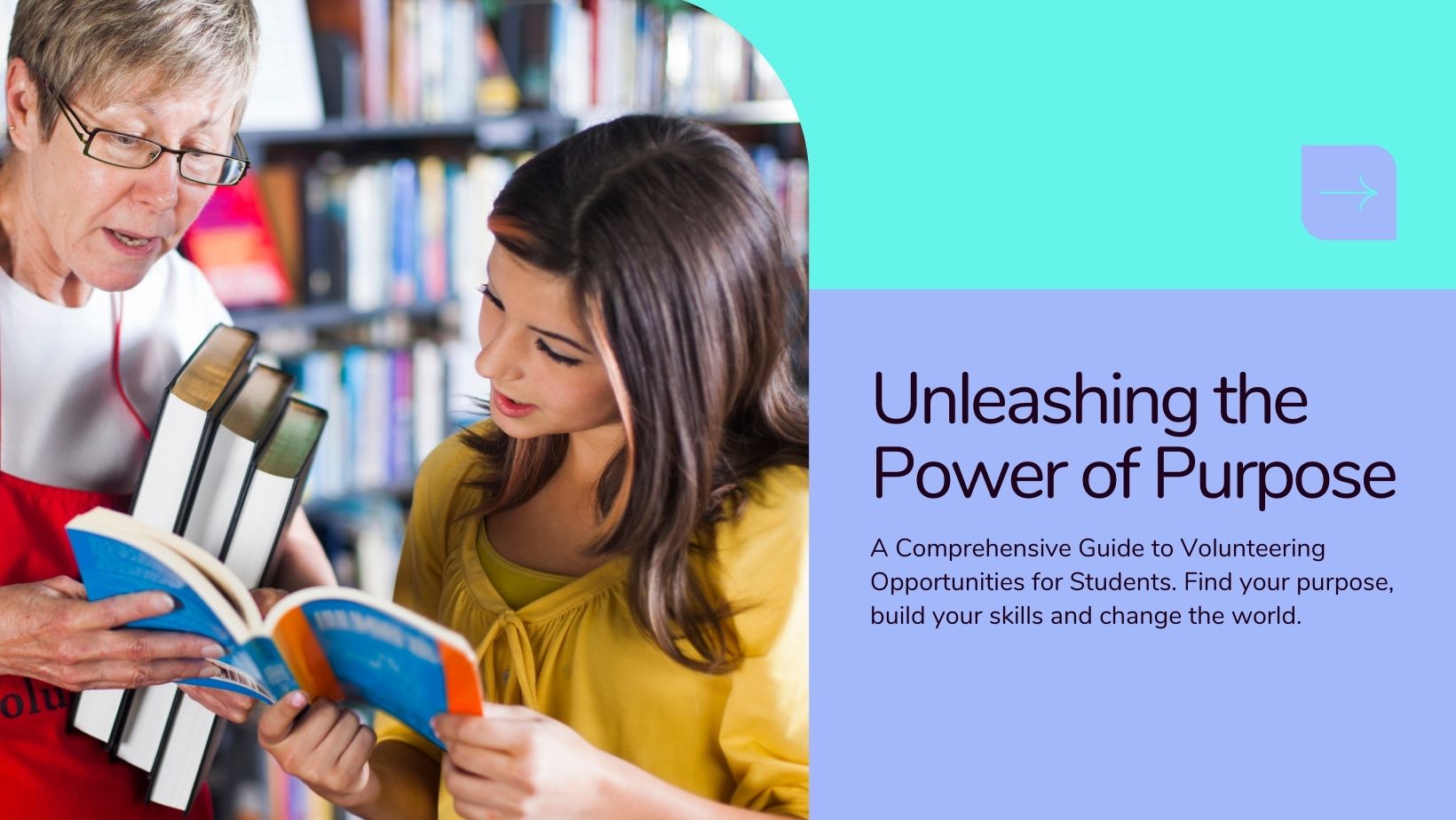In the dynamic world of education, student portfolios are invaluable for charting academic growth, skill mastery, and personal development.
These collections offer a window into a student’s journey, spotlighting their achievements and learning curve.
What is a Student Portfolio?
A student portfolio is a carefully compiled selection of work demonstrating a learner’s experiences, achievements, and reflections.
These portfolios can be digital or physical and often include projects, assignments, and self-assessments to track progress and showcase a student’s best efforts1.
Why Create a Student Portfolio?
Portfolios offer students and educators numerous advantages.
They encourage self-reflection, facilitate communication among educators, parents, and students, and are powerful tools for college and job applications.
For educators, they provide insights into student growth and inform teaching strategies1.
What to Include in a Student Portfolio?
Portfolios should contain various work samples, such as essays, art projects, and other evidence of learning.
The focus should be on both the learning process and the final products, allowing viewers to understand the student’s developmental journey1.
How to Create a Student Portfolio?
Creating a student portfolio involves identifying goals, selecting and organizing work, and reflecting on learning progress.
Students should be actively involved in this process to ensure the portfolio accurately represents their academic and personal growth1.
How do Student Portfolios Help Students?
Portfolios help students assess their development, meet course requirements, increase their involvement in the learning process, and improve communication with parents and educators.
This, in turn, leads to better learning outcomes and preparation for future challenges2.
How to Use it for Assessment?
Portfolios can be used for assessing both individual courses and broader programs, highlighting student progress and learning outcomes.
They are particularly effective in interdisciplinary and project-based learning environments3.
What are the Benefits of Student Portfolios for Learning?
The benefits of student portfolios for learning are manifold.
They provide a platform for evaluating progress, improving student engagement, and enhancing teacher-student-parent communication.
Portfolios also enable educators to customize instruction to fit individual student needs2.
In conclusion, student portfolios are multifaceted educational tools that facilitate deeper engagement with learning and provide a comprehensive record of a student’s academic journey.











